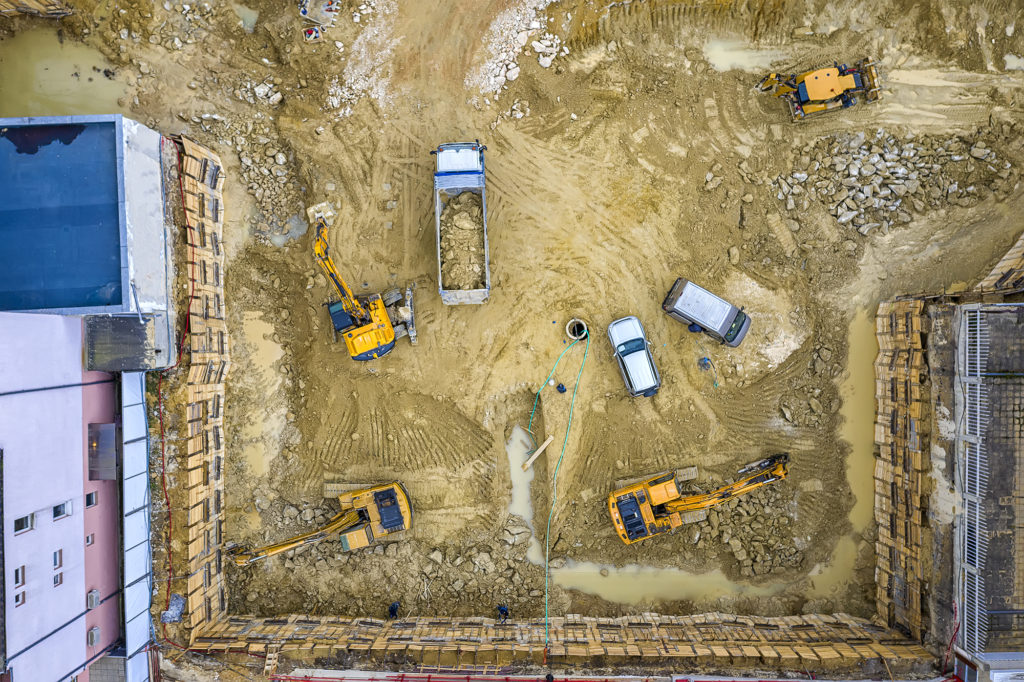TELECOM TOWER INSPECTION
For every climb, there is a risk. With even the most elite safety training and the most advanced technology, human error, mechanical failure, and countless unforeseen issues can cause a fall. With drone inspections for telecom towers, however, the need for another climb is eliminated.
Instead of climbing 2,000 feet into the air, technicians can safely operate a drone equipped with high-resolution imaging and video technology. This imaging can then be used as a diagnostic tool; it may not give all the answers, but it is certainly a start, and one less climb is one less risk.
The application of drone technology is limited only to human ingenuity, but current uses include hazard inspections, structural inspection, and moving tools and equipment from the ground to the top and back again, which is a difficult task that further enhances the risk of fatal accidents.
There is also the notion that because drones reduce the repetitive nature of climbing towers on a regular basis, they may also reduce the chances of carelessness. Theoretically, this could reduce the rate of accidents for every climb.
- provides the customer with massive cost-saving opportunities
- dramatically improves survey quality and resolution
- dramatically reduces the risk profile of such an inspection as no personnel are required to climb the structure
- provides a risk-free way of checking the true condition of a tower whose structural integrity is in question
- offers the ability to capture and document a structure in high resolution for future analysis and comparison, which is not the case with close visual inspections
Drones vs. Tower Climbers
Drones are the wave of the future, but they likely will not replace tower climbers completely, at least not in the near future. Companies are beginning to use drones sparingly, sending up tower climbers when necessary. It is possible that drones will help companies use tower climbers more efficiently in the future. Tower climbers will still be needed to make necessary repairs that are found by drones. Limiting their time spent on the towers can limit the risk of injury.
Storm Damage
Drones were recently used in North Carolina and South Carolina to inspect towers for damage following Hurricane Matthew in 2016. The drones were sent to inspect the towers because of severe flooding in areas of the two states where workers could not gain access. When storm damage was inspected, the drones recorded high-resolution photos of the damage as well as live stream high-definition video of the cell sites.
Find Birds’ Nests
Believe it or not, birds’ nests are a problem for telecommunications companies. Cell towers are the perfect place for birds to build nests because the only other predator that could bother the nests are birds. Telecom companies are also using commercial drones to find birds’ nests on their towers and their exact location. It’s better to send a drone up the tower and determine the nest is not doing any harm than sending a climber up to find the same information while risking injury.



